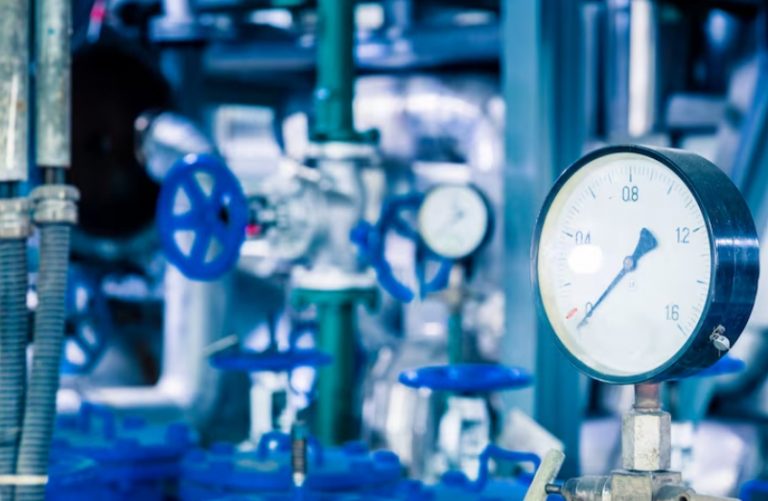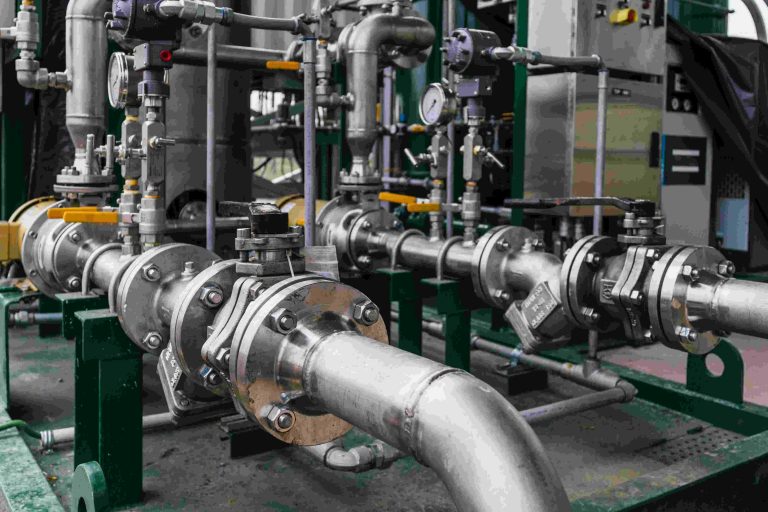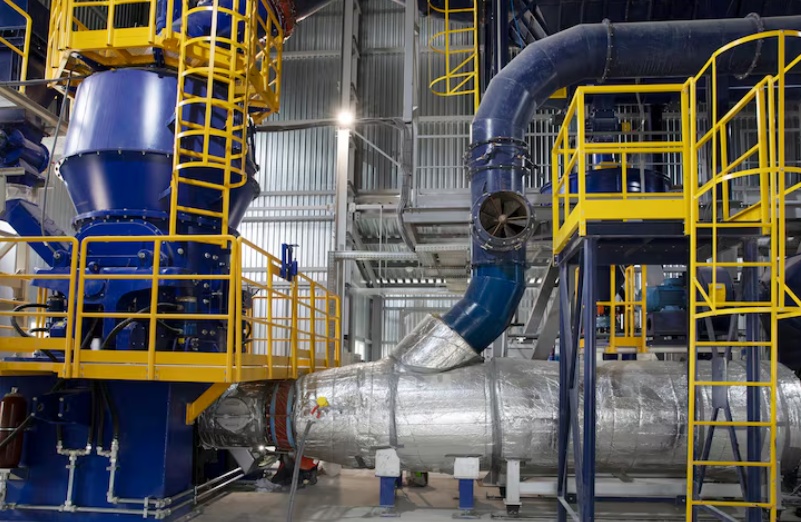
When your setup requires shifting liquid against strong pushback, picking the correct pump matters a lot. In the area of high-force liquid movement, two usual choices often stand out: the jet pump and the multistage pump. Both can boost liquid force. Yet, they function on quite distinct ideas. And they match separate degrees of tasks. Grasping these gaps is vital for choosing an answer that works well, stays steady, and saves money for your exact demands.
As a main producer of sturdy centrifugal pump solutions for tough sectors, Longgang is here to clarify these methods. This piece will outline the working ideas, benefits, and drawbacks of both jet pumps and multistage pumps. This helps you decide wisely for your high-force uses.
The Jet Pump: A Primer on Simplicity
How It Works: The Venturi Effect
A jet pump is a fairly basic tool with no shifting pieces underground. Its action relies on the Venturi effect. A fast-moving stream of “drive fluid” gets pushed through a slim opening. When this stream leaves the opening into a broader pipe (the venturi), its speed drops. This causes its force to rise. The force decrease makes a pulling action that brings in nearby liquid. Then, this mixes with the drive fluid. Finally, it gets released at a greater force than the starting pull force.
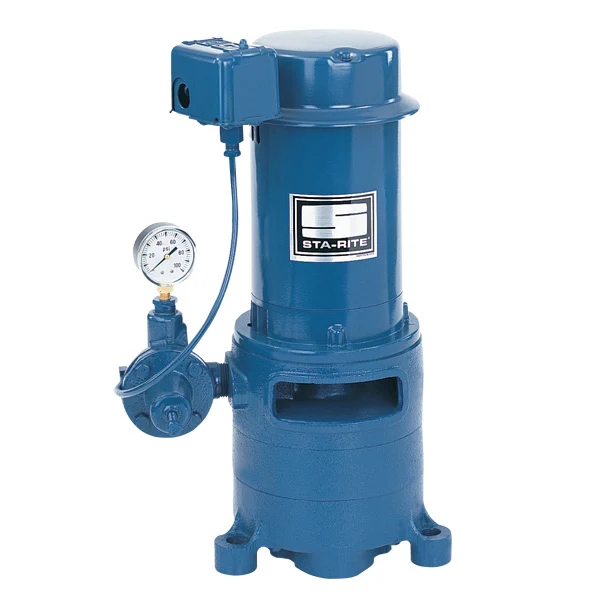
Pros & Cons of Jet Pumps
Pros:
• Simplicity: With no shifting pieces in the hole or pit, they stay basic in design.
• Low Cost: They often cost less at first than more involved pumps.
• Versatility: Can manage liquids with some bits and vapors.
Cons:
• Lower Efficiency: Jet pumps show poor output compared to centrifugal pumps. This results in greater power use and running expenses.
• Limited Pressure: They fail to create the very high forces needed for many factory tasks.
• Suction Lift Limitations: Their output depends heavily on the pull settings and depth.
The Multistage Pump: Engineering for High Pressure
The Working Principle: Stacking Pressure Stage by Stage
A multistage pump is a kind of centrifugal pump that holds two or more impellers. The working idea proves cleverly useful: liquid enters the initial space. There, its force gets increased by the first impeller. This boosted liquid then moves to the entry of the second impeller. That one raises the force even more. This step repeats through each following level. As a result, the total release force equals the sum of force gains from each level.
This setup lets multistage pumps produce huge forces while keeping a firm and effective flow amount—something a single-level pump or jet pump could never reach.
Key Advantages in Industrial Applications
The level-based setup makes multistage pumps the better pick for high-force factory roles.
- Exceptional Pressure Capabilities: They are built to beat strong system pushback. This makes them perfect for boiler feedwater, reverse osmosis, high-force washing, and far-distance liquid shift.
- High Efficiency: By running each impeller at its top output spot, multistage pumps reach much greater total output than jet pumps. This leads to big ongoing power savings.
- Reliability and Stability: These pumps deliver an even, beat-free flow. Such a flow is crucial for delicate factory steps in the petrochemical, chemical, and coal chemical fields.
Head-to-Head Comparison: Key Differentiators
Application and Performance
The pick between a jet pump and a multistage pump depends on the use.
• Jet Pumps usually appear in shallow hole home water setups or small-level tasks where output is not the main worry.
• Multistage Pumps, in contrast, serve as the main tools of industry. They prove vital in tasks like the “Qilu Petrochemical – Shengli Oilfield Million Tons CCUS Project.” There, pumps must send liquids at high forces (e.g., 125m³/h at 800m head).
Efficiency and Operating Costs
A jet pump might show a smaller starting buy price. But its weak output causes much higher lifelong running expenses due to more power use. A high-output multistage pump gives a far lower full cost of holding. This factor counts a lot in any factory run.
Maintenance and Reliability
A finely crafted multistage pump is made for lasting strength and steadiness in nonstop roles. For instance, pumps from skilled makers are designed for simple upkeep. This cuts down on stops in key facilities.
Choosing the Right Multistage Pump: The Longgang Advantage
When your routine needs constant steadiness and strong output, the setup and grade of the multistage pump matter most. Longgang is an approved provider to big firms like CNPC, Sinopec, and CNOOC. We supply tested and effective centrifugal pump solutions for large-scale uses.
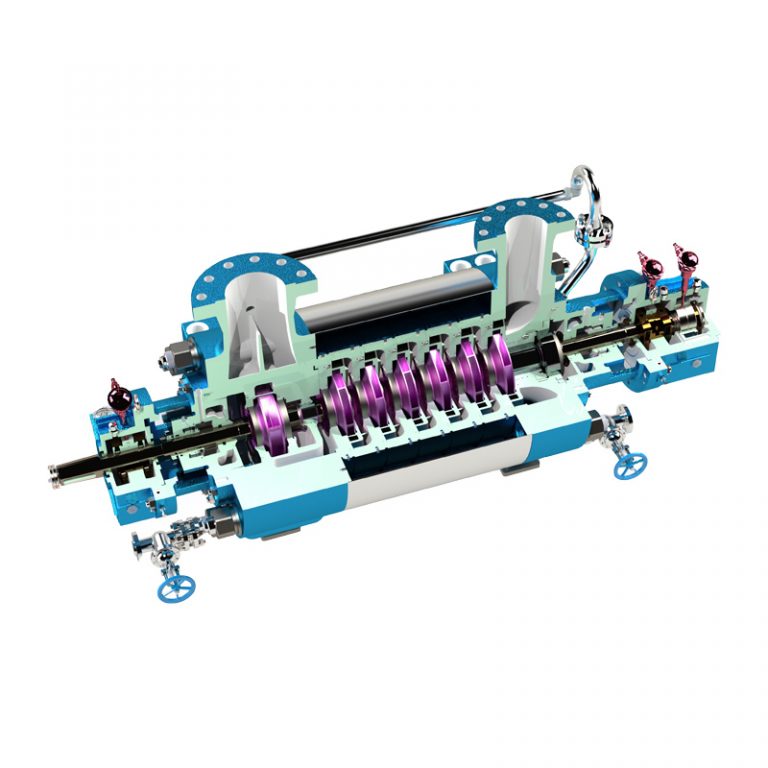
A Look at Longgang’s Multistage Pump Portfolio
Our set of multistage pumps is crafted to fit the exact demands of the petrochemical and chemical areas:
• LDD(BB4)-High-Pressure Segmented Multi-stage Centrifugal Pump: This type is made for high-force, high-heat duties. Its divided casing setup makes it tough and fitting for key uses like high-force boiler water supply systems. These resemble those given for the Qingdao Refinery.
• LTD(BB5)-Double Shell Multi-Stage Centrifugal Pump: For the harshest settings with high heats and forces, the BB5 double shell setup offers top safety and steadiness. This build is key for managing risky or high-heat liquids, such as the hot oil pumps used in the Yulong Island Refining and Chemical Integration Project.
• LCD(BB3)-Horizontal Split Multi-Stage Centrifugal Pump: This pump shows a side-split casing. It permits simpler check and upkeep of the turning part without moving the main lines or motor setup. Thus, it lessens the stops in active sites.
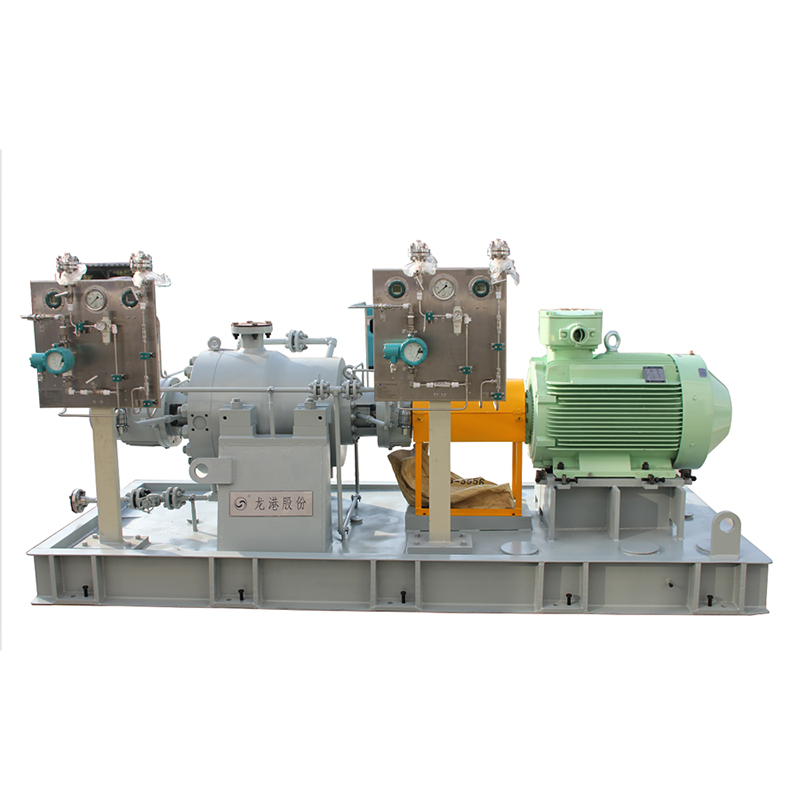
Beyond the Product: A Partnership for Success
At Longgang, we give more than just a pump. We offer a full aid answer. Our skilled group can help with spot setup and checks. Plus, we promise that all grade problems will get handled within 24 hours. With a full 12- or 18-month promise and ongoing aid, we back our items to make sure your runs go smoothly and well.
Conclusion
In the match between jet pumps and multistage pumps, the outcome seems obvious: jet pumps fill a spot in low-pressure, basic uses. But they cannot match the output, strength, and steadiness of a multistage pump in a factory environment. For any setup needing high-force, firm, and effective liquid shift, the multistage pump stands as the clear, crafted answer.
By selecting a tough and finely made pump from a reliable ally like Longgang, you commit to the lasting steadiness and gain of your runs. Our proven history in main projects across the petrochemical and chemical fields makes us the perfect pick for your high-force demands.
FAQ
Q: When should I choose a multistage pump over a single-stage pump?
A: Choose a multistage pump when the required discharge pressure (head) is too high for a single-stage pump to achieve efficiently. Multistage pumps are specifically designed to generate high head by adding pressure in series.
Q: What key industries rely on high-pressure multistage pumps?
A: They are critical in the petrochemical, chemical, coal chemical, and fertilizer industries, as well as in power generation (boiler feed), reverse osmosis, and large-scale water supply systems.
Q: What makes Longgang pumps reliable for demanding applications like oil refineries?
A: Our pumps are designed to stringent industry standards, using robust constructions like double shells (LTD-BB5) for safety and reliability. Furthermore, we are a qualified supplier to industry leaders like Sinopec and CNPC, with a proven history in major projects.






